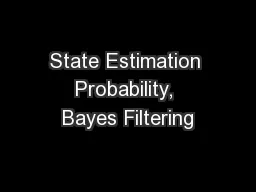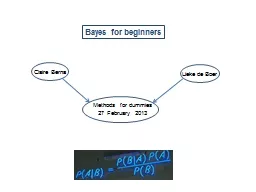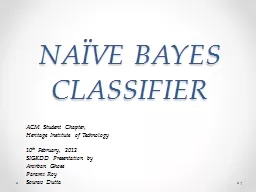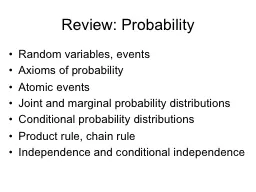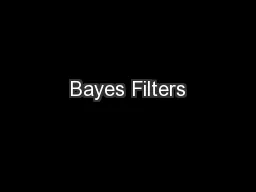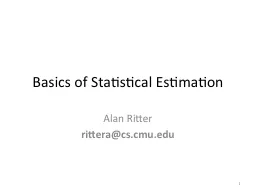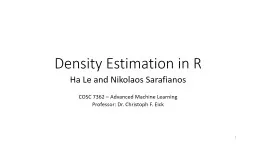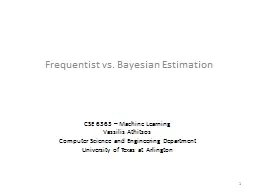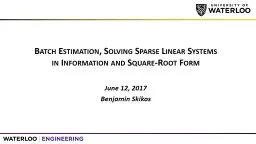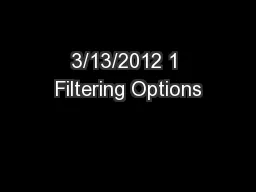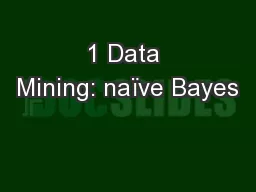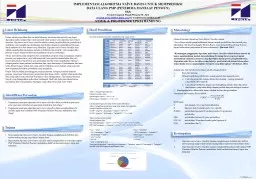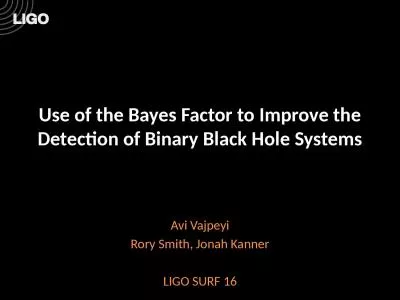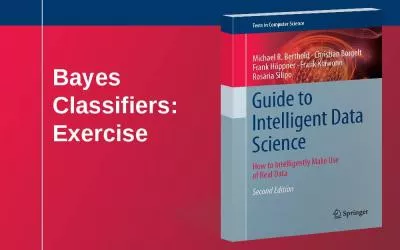PPT-State Estimation Probability, Bayes Filtering
Author : marina-yarberry | Published Date : 2018-11-25
Arunkumar Byravan CSE 490R Lecture 3 Interaction loop Sense Receive sensor data and estimate state Plan Generate longterm plans based on state amp goal Act Apply
Presentation Embed Code
Download Presentation
Download Presentation The PPT/PDF document "State Estimation Probability, Bayes Filt..." is the property of its rightful owner. Permission is granted to download and print the materials on this website for personal, non-commercial use only, and to display it on your personal computer provided you do not modify the materials and that you retain all copyright notices contained in the materials. By downloading content from our website, you accept the terms of this agreement.
State Estimation Probability, Bayes Filtering: Transcript
Download Rules Of Document
"State Estimation Probability, Bayes Filtering"The content belongs to its owner. You may download and print it for personal use, without modification, and keep all copyright notices. By downloading, you agree to these terms.
Related Documents

